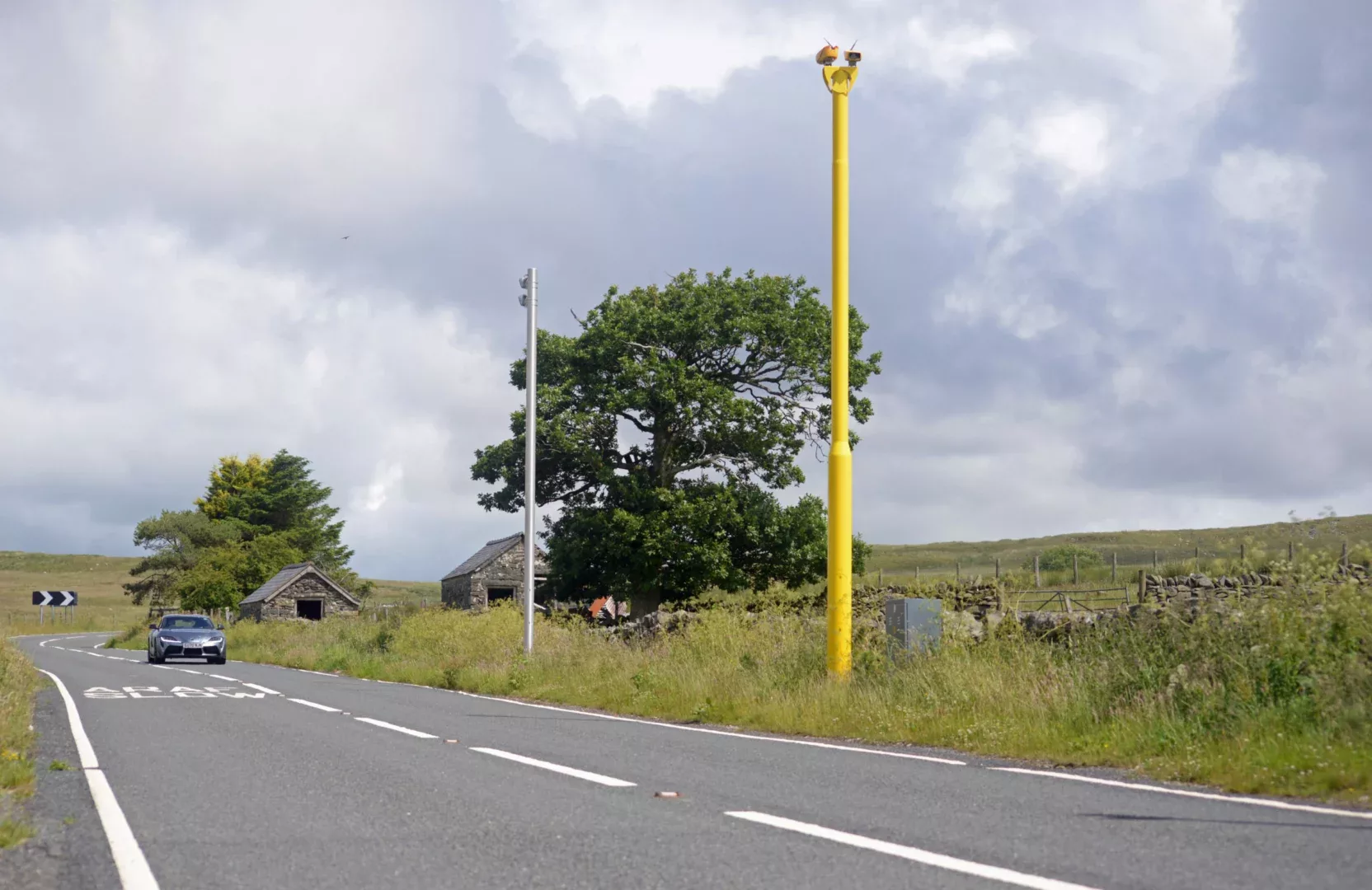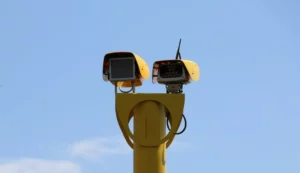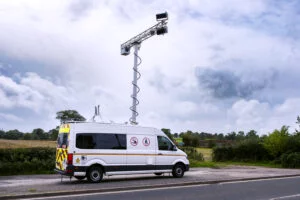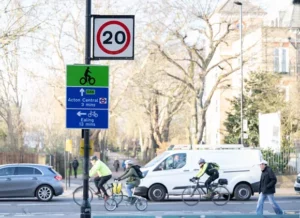A complex project to install SPECS average speed cameras on all sides of the so-called EVO Triangle of roads on the edge of Snowdonia has been completed, as statistics show how the technology has already made a huge difference to road safety.
The triangle, made up of stretches of the A5, A543 and B4501 in Conwy and Denbighshire, is popular among car enthusiasts because of its stunning scenery and race track-style bends and undulations, but the route has suffered four deaths since 2012, with residents also concerned that the roads felt unsafe. Therefore, local Police and the Wales Road Casualty Reduction Partnership, GoSafe, commissioned Jenoptik to install average speed cameras to address these problems, covering nearly 40km of the iconic route.
Statistics show that on the two sides of the triangle already benefitting from the operational cameras there has been a dramatic improvement in road safety. On the A543, the number of casualties is down 63% with no fatalities, while in the first year since cameras were enabled on the B4501 there has not been a single person injury, compared to six the year before.
Furthermore, Police say that since the cameras were installed they have seen a significant fall in the number of call-outs they get to the area, demonstrating that the routes now feel safer for both residents and road users alike
GoSafe Partnership Manager Teresa Ciano commented, “There were concerns locally about the fact that the long stretches of open roads in this area are a magnet for drivers and riders who wanted to test their speed and ability. Whilst we fully understand that the natural beauty of this part of the world is an attraction, we want to make sure that motorists travel on our roads safely; the vast majority of motorists drive or ride appropriately, however some chose to use the roads as a racetrack, committing serious breaches of road safety legislation, such as speeding and driving or riding dangerously thereby putting themselves and other road users at risk of death or life changing injury.
“We have seen at other locations that installing average speed cameras results in a fall in collisions and are pleased to see the same results on the Evo Triangle.”
“This is yet another example of average speed camera technology saving lives,” added Jenoptik Deputy Managing Director Geoff Collins. “Our analysis consistently shows that when installed as part of a casualty reduction scheme, a SPECS solution is startlingly effective, cutting the number of killed and seriously injured people significantly.”
Jenoptik’s average speed cameras solution monitor routes 24/7, by reading the number plates of vehicles as they pass fixed points on the network. The system, then calculates the time taken compared with how long it should take if the vehicle was driving at the speed limit. Vehicles taking less time can therefore be shown to be going too fast.
(Picture – Jenoptik)





















